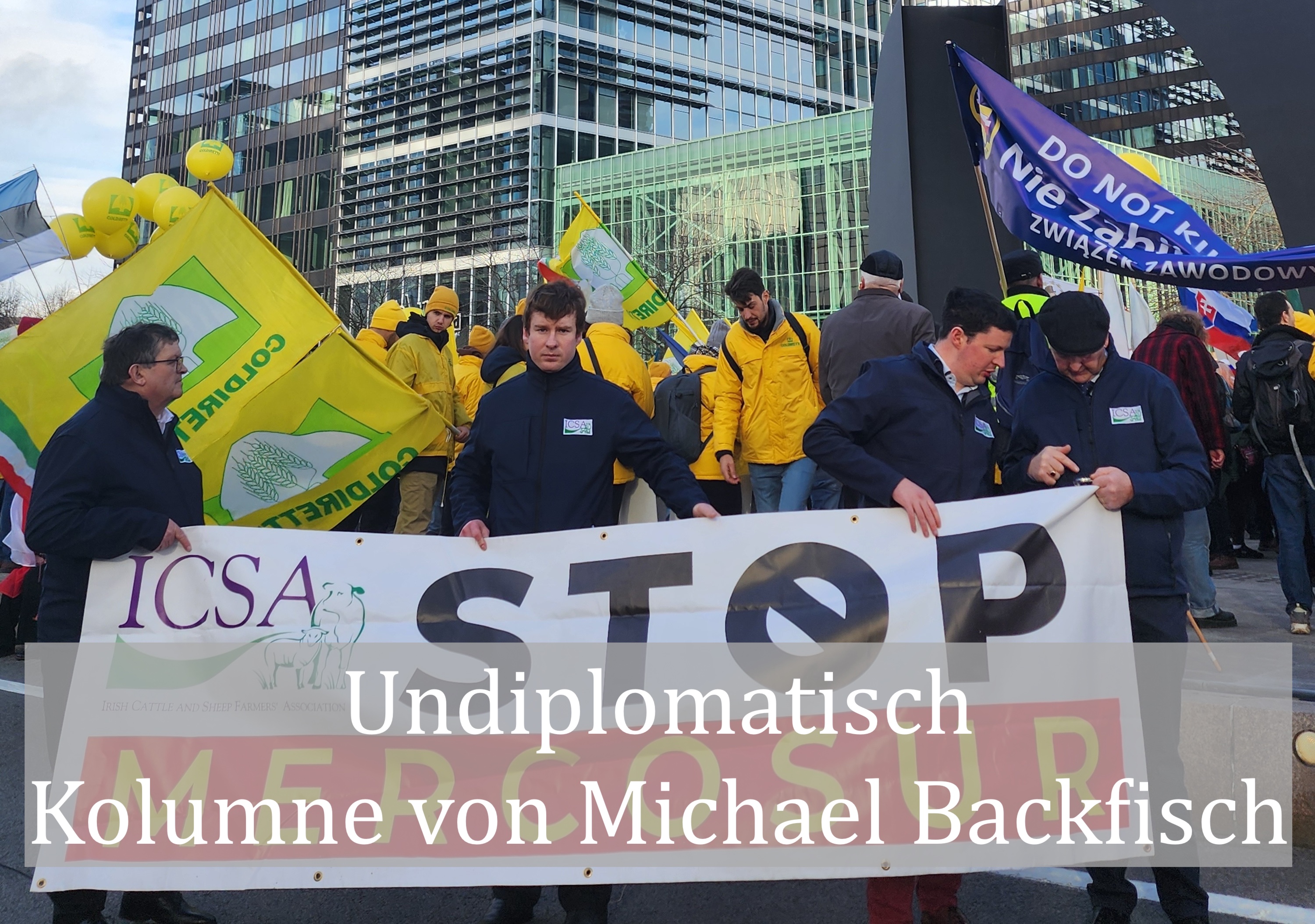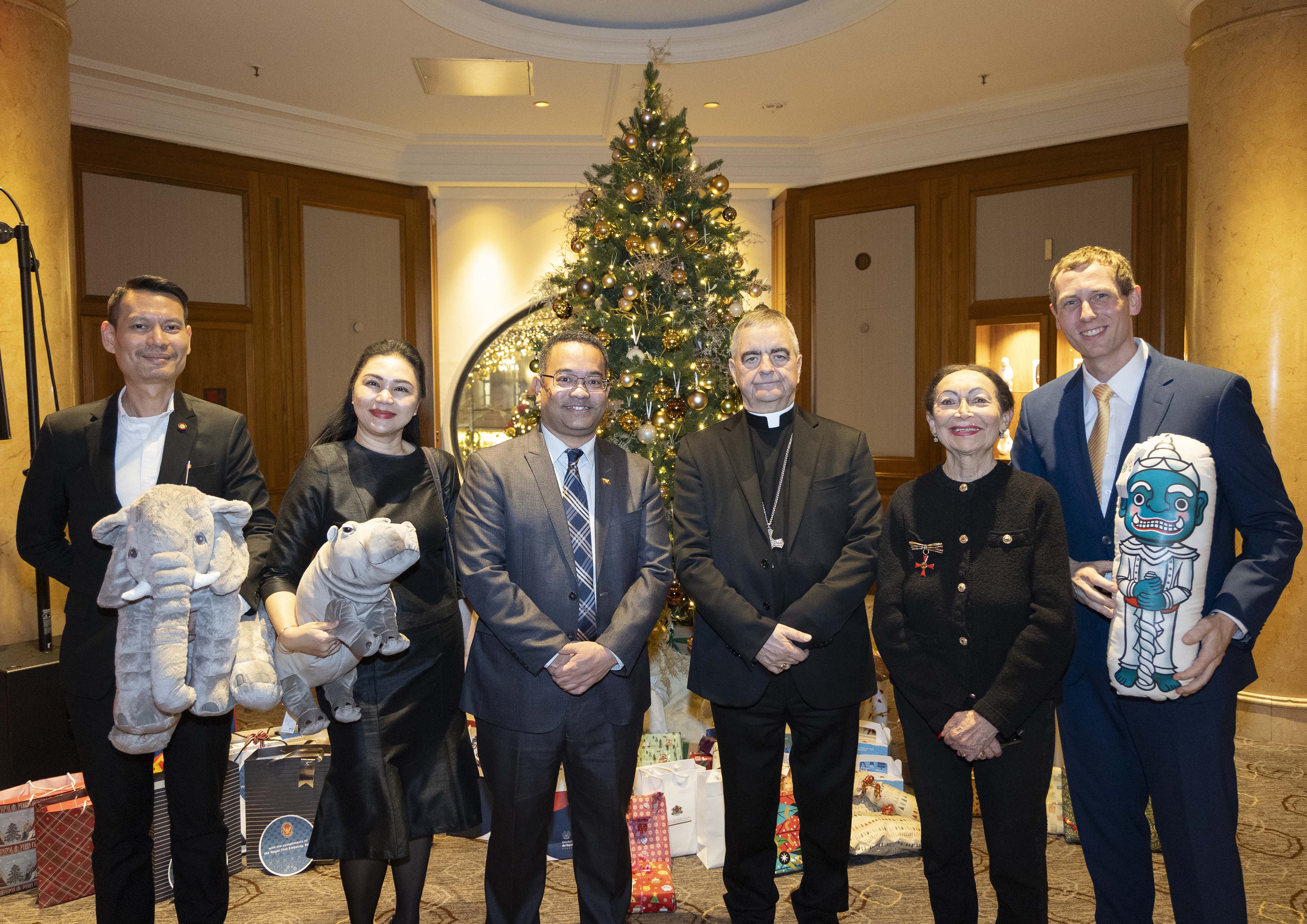diplo.news
Cultural diplomacy with luck and gold from Korea

Two museum associations came together, visited each other with mutual curiosity about each other's treasures and presented their own treasures in the other country. The Dresden State Art Collections, a network of 15 museums with a range of collections from antiquity to the present day, and the Korean National Museum, also a network of several museums at various locations. So far away from each other and yet so close.
The joint work began in 2017, when the Dresden State Art Collections presented selected masterpieces from the Green Vault, the Armoury and the Porcelain Collection in the exhibition ‘The Dream of a King’ at the Korean National Museum in Seoul and the Gwangju National Museum in front of large-format photographic views of the Baroque display walls of the Historic Green Vault and drawn wall sketches based on the ideas of King Augustus the Strong. Viewers were thus able to gain a vivid impression of the Saxon king's dream of having his court radiate as a Baroque synthesis of the arts as far as East Asia.
Now, 2025, the Korean National Museum is paying its return visit to Dresden with the exhibition “100 Ideas of Happiness. Art Treasures from Korea”, the first overview exhibition of Korean art in Germany in a quarter of a century.
Around 180 high-profile works from Korea can be seen in Dresden's Royal Palace: valuable grave goods, precious jewelry, royal vestments and exquisite porcelain from more than 1,500 years of Korean history.
Treasure of gold abroad for the first time

Some of them, including the famous Silla gold crown from the ancient city of Geumgwanchong, have left Korea for the first time. And the setting in which these important testimonies of royal court culture are shown is breathtakingly beautiful — and fitting: the parade rooms of Dresden's residential palace.
Augustus the Strong had the magnificent festive apartment in the west wing of the castle completed on the occasion of the marriage of his son Frederick August with the emperor's daughter Maria Josepha in 1719. This is what Marius Winzeler, Director of the Green Vault and the Armory, reports in his preface to the catalog. At the time of the exhibition opening, he was also acting director general of the Dresden State Art Collections.
The exhibition “100 Ideas of Happiness” conveys many ideas of happiness: from inner strength to pure joy of life to the desire for eternal life, for peace in this and the hereafter. The fact that this guiding principle of the exhibition reaches every visitor is thanks to the two curators Claudia Brink and Sojin Baik, who are also responsible for the informative catalog.
Saxony and Korea full of technology and art
Korea's Ambassador Sang-beom Lim was also present at the opening, immediately after his meeting with Saxon Prime Minister Michael Kretschmer. No one should be surprised that the Korean ambassador is interested in Saxony. As enthusiastic about technology and innovation as people in Korea are, many of them are also enthusiastic about the treasures of culture. And Saxony is at the top in both areas.
But what do we actually know about Korea, the country which, after the Korean War, developed from one of the poorest countries in the world to one of the twenty most successful economic nations in the world at breathtaking speed and with many sacrifices? We use Korean smartphones, drive Korean cars, look at Korean screens, eat kimchi and other Korean food more and more, the younger ones of us are K-pop fans and buy Korean cosmetics.

But what do we know about the history and art treasures and therefore about the soul of this country and its people? The exhibition allows us to look a bit further, presents ideas of happiness in the form of Korean art treasures and shows how fragile “happiness” is. The crumbling of familiar security architectures that have worked for decades is the background noise of the exhibition.
Hard times are followed by luck
Korean friends advised me to also look at the works of art shown here under the aspect of “Gójin Kam nae” (苦盡甘來). “Gójin Kam nae” means: After difficult times, happiness follows. Korea has suffered time and again in many ways throughout its history — and this suffering is one of the roots of the great Korean culture of happiness.
A visit to the exhibition feels good — at a time when we learn how fragile life and happiness are. It can be seen until August 10, 2025. A must!





